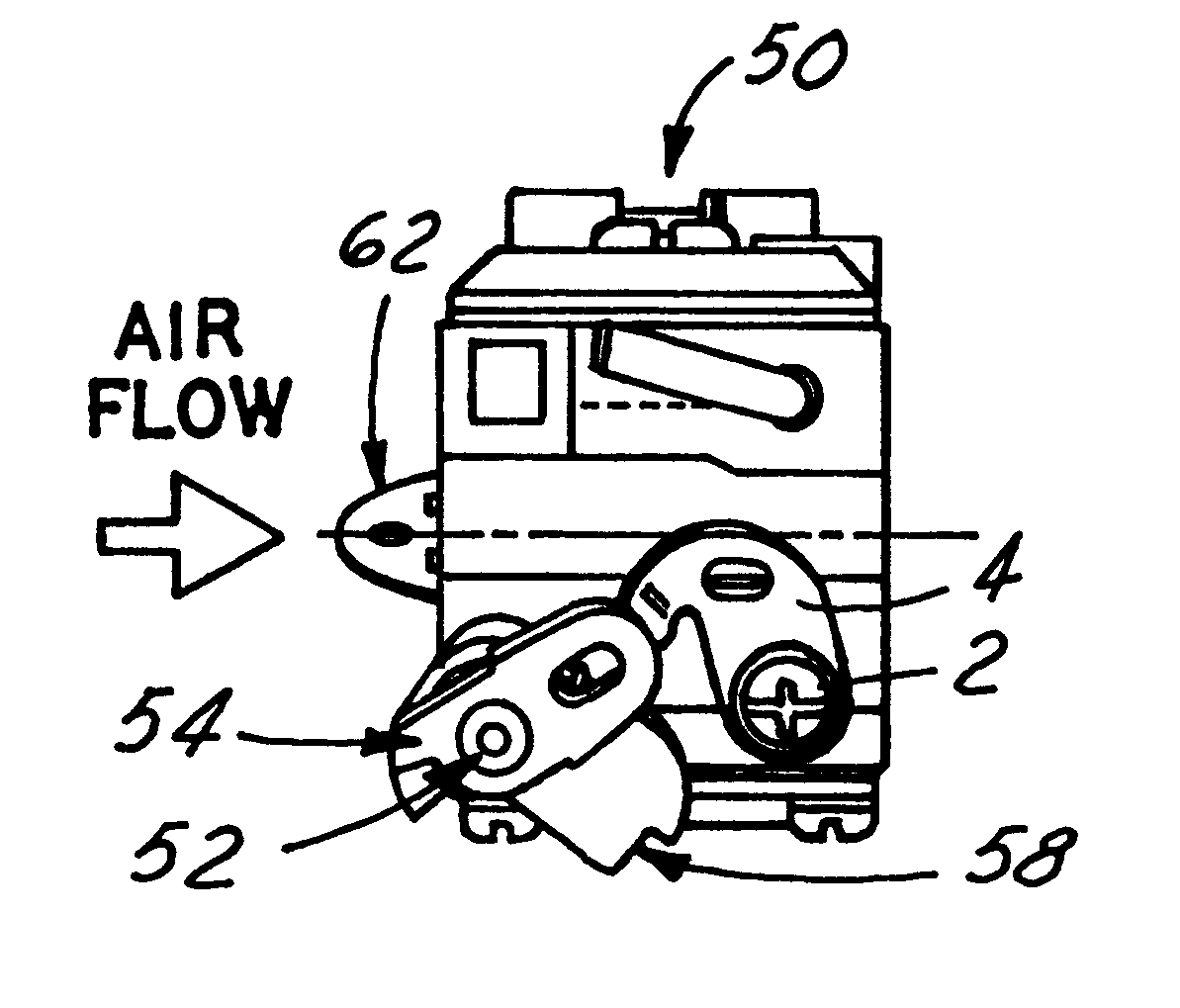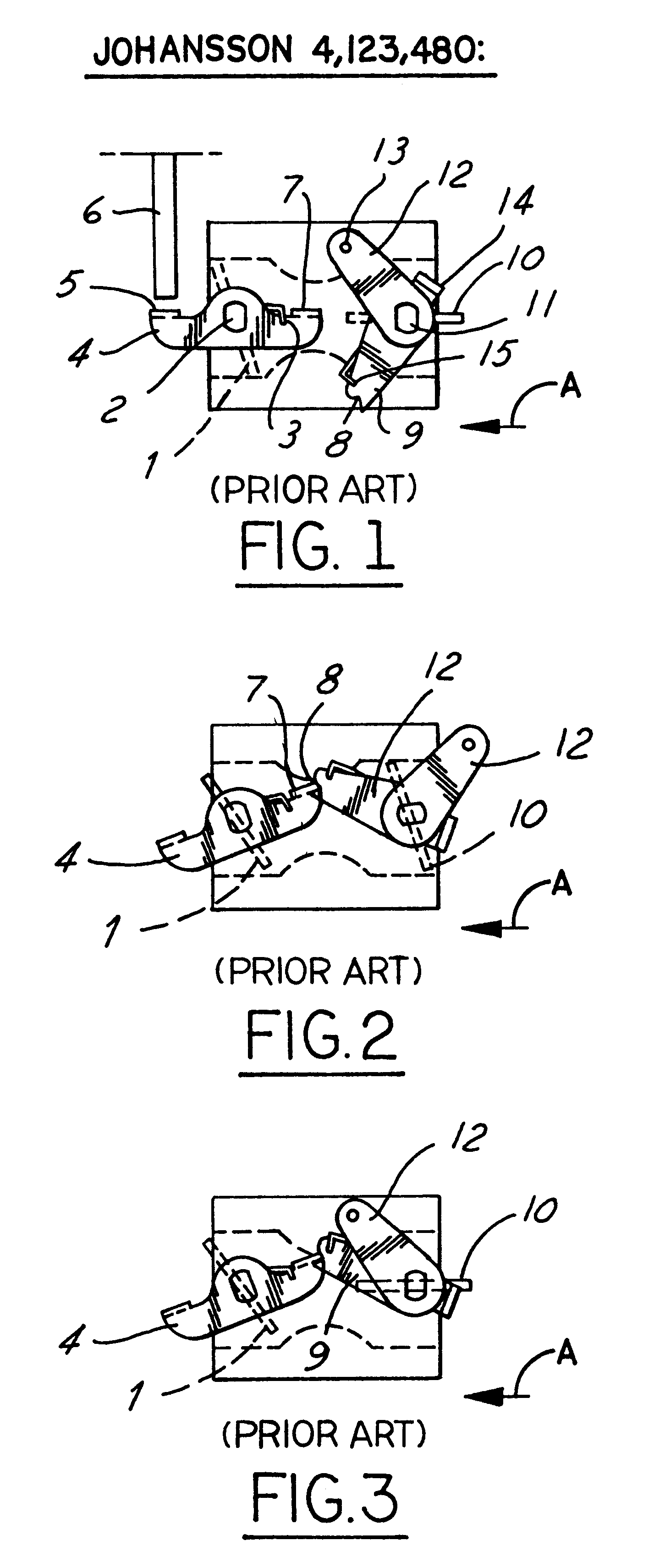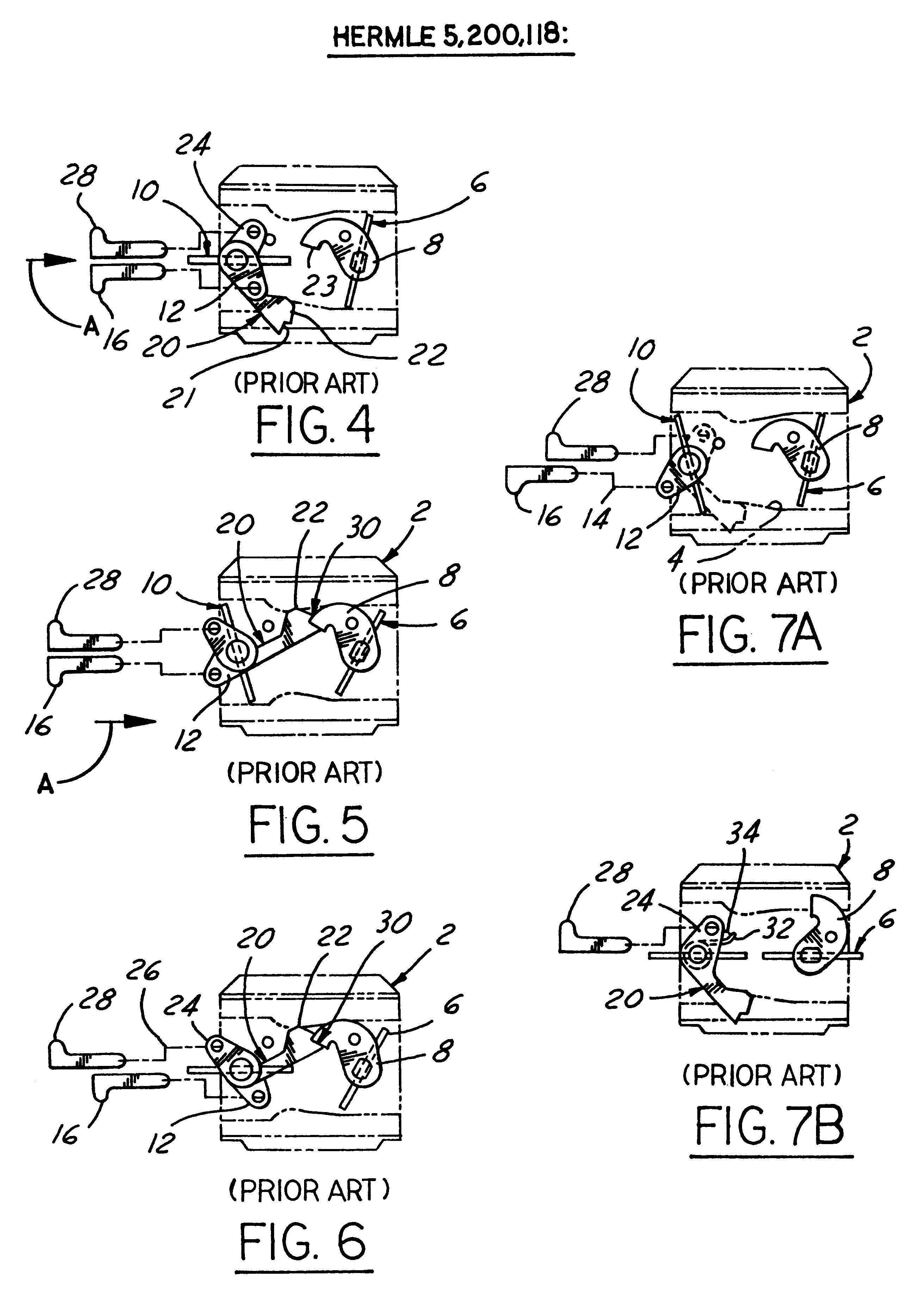Carburetor throttle and choke control mechanism
a technology of choke control mechanism and carburetor, which is applied in electrical control, heating types, separation processes, etc., can solve the problems of choke valve not completely closing, failure in practice, and high manufacturing cost,
- Summary
- Abstract
- Description
- Claims
- Application Information
AI Technical Summary
Benefits of technology
Problems solved by technology
Method used
Image
Examples
Embodiment Construction
Referring in more detail to the accompanying drawings, FIGS. 14-30 illustrate the components of the improved throttle-choke automatic fast idle throttle setting mechanism of the invention. The system of FIGS. 14-30 employs some of the same component parts and operates generally in the same, albeit improved, manner as the prior art construction described previously conjunction with FIGS. 1-3 and 8-13. Hence, like reference numerals are employed to identify like parts and their description not repeated with reference to FIGS. 14-30. Likewise, the exploded perspective view of FIG. 14 and the carburetor assembly views of FIGS. 31-36 illustrate the improved carburetor throttle and choke fast idle automatic latch mechanism of the invention as adapted for installation in a modem small engine carburetor 50 of known construction. Hence, the structure, function and mode of operation of carburetor 50 will be understood by those skilled in the art from the views of FIGS. 14 and 31-37 and thus f...
PUM
| Property | Measurement | Unit |
|---|---|---|
| angle | aaaaa | aaaaa |
| angle | aaaaa | aaaaa |
| angle | aaaaa | aaaaa |
Abstract
Description
Claims
Application Information
 Login to View More
Login to View More - R&D
- Intellectual Property
- Life Sciences
- Materials
- Tech Scout
- Unparalleled Data Quality
- Higher Quality Content
- 60% Fewer Hallucinations
Browse by: Latest US Patents, China's latest patents, Technical Efficacy Thesaurus, Application Domain, Technology Topic, Popular Technical Reports.
© 2025 PatSnap. All rights reserved.Legal|Privacy policy|Modern Slavery Act Transparency Statement|Sitemap|About US| Contact US: help@patsnap.com



